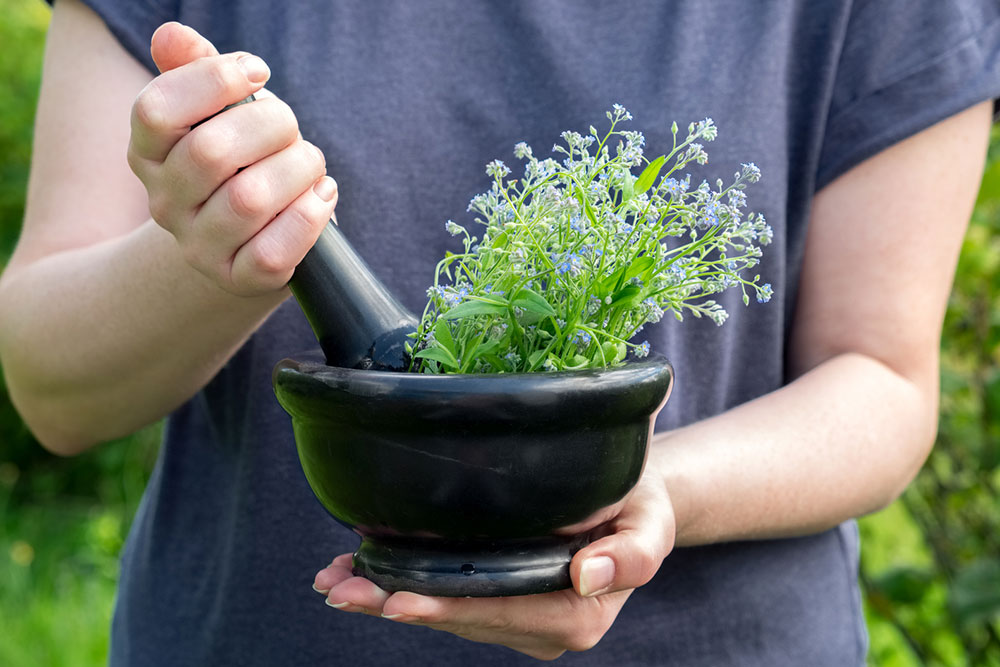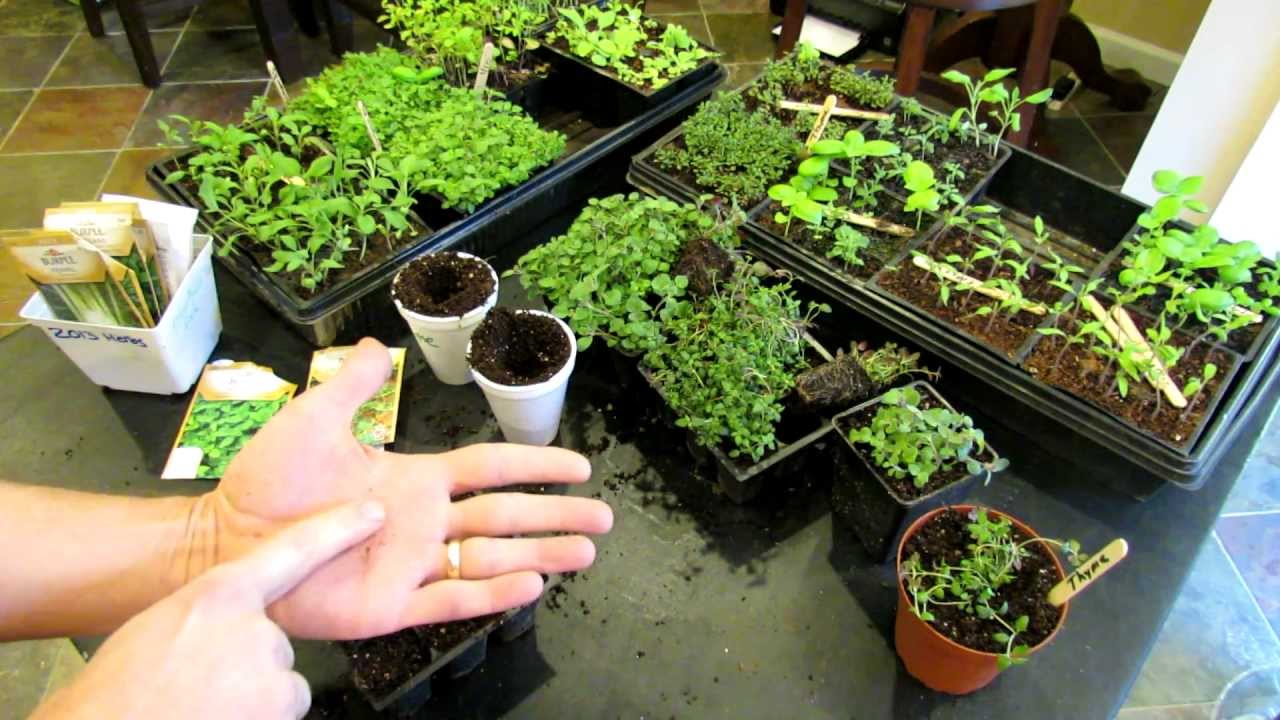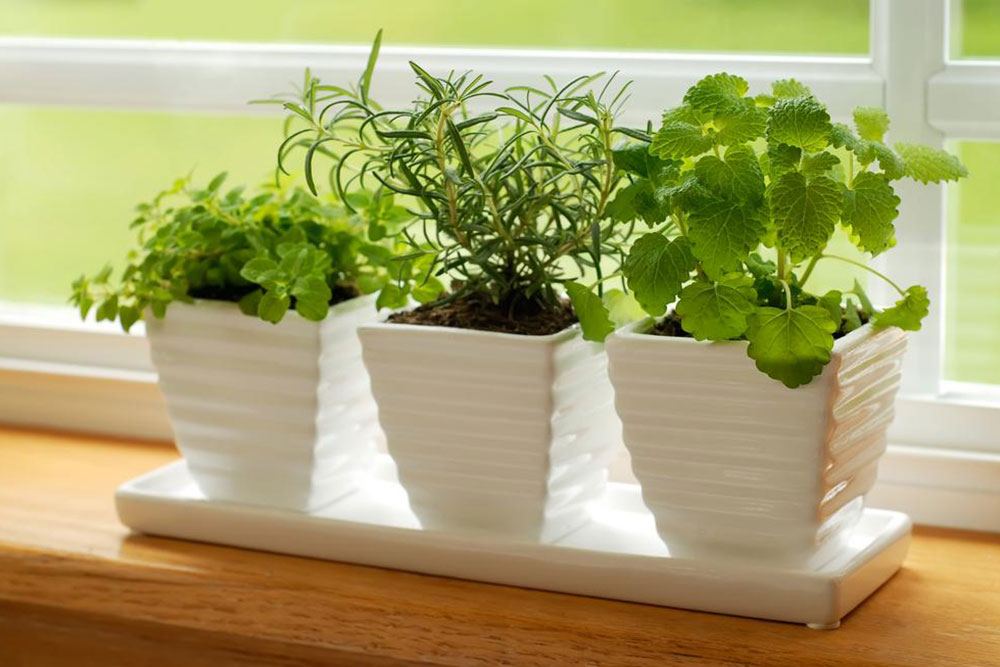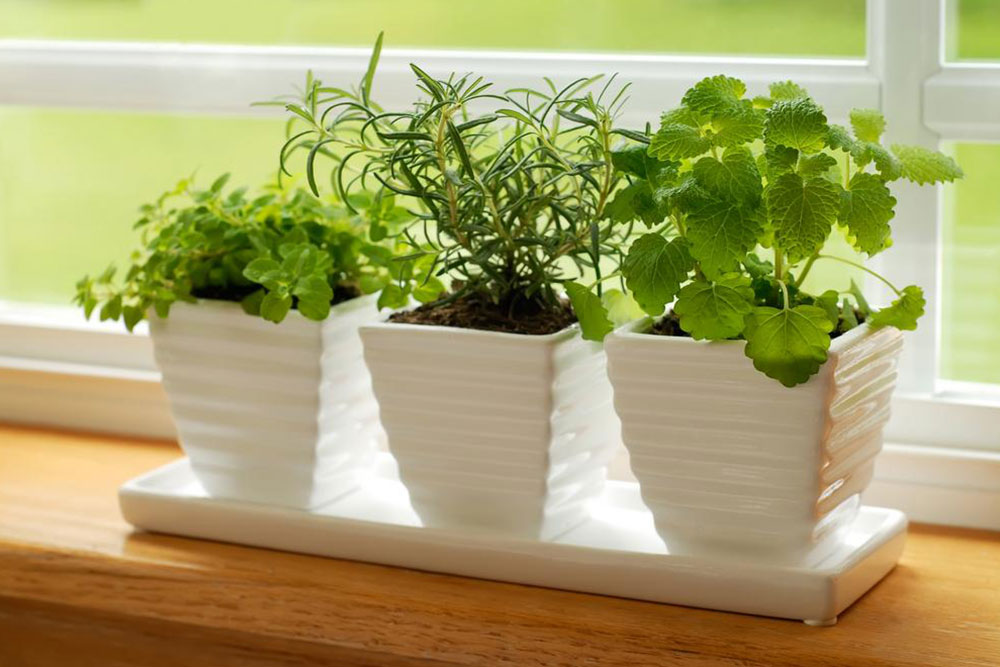How to Cultivate Fresh Herbs Indoors Using Water
Learn how to cultivate fresh herbs indoors using water with simple techniques. This hydroponic method requires minimal tools—just jars, water, and sunlight—and offers a clean, soil-free way to grow herbs like basil, mint, oregano, and more. Proper light, container choice, and water management are key for thriving indoor herb gardens. Perfect for kitchen windows or under grow lights, this approach is ideal for beginners and seasoned gardeners alike, providing fresh herbs year-round in a sustainable, space-efficient manner.

Guide to Growing Herbs Indoors with Water
Hydroponic herb gardening allows you to enjoy fresh, flavorful herbs at home while reducing grocery costs. Free from soil mess, this method involves growing herbs in water under natural light or grow lights. It ensures chemical-free, nutrient-rich herbs perfect for cooking. All you need are simple glass jars, water, and sunlight or artificial light sources. This creates a compact, sustainable indoor herb garden suitable for any kitchen or living space.
Steps for Growing Herbs in Water Indoors
Step 1:
Choose healthy stems approximately 6-8 inches long from the herbs you wish to grow. Use sharp scissors or hedge shears for clean cuts early in the morning when herbs are well-hydrated. Cut just below a leaf node or bud, where roots can form. Remove lower leaves to prevent rotting in water, ensuring only the top leaves remain above water.
Step 2:
Fill individual jars or containers with filtered or spring water. If using tap water, let it sit for 24 hours to allow chlorine to evaporate. Rainwater is also suitable. Avoid distilled water as it lacks nutrients. Place each herb stem in a jar, ensuring no leaves are submerged. Position the jars in a bright spot or under grow lights for optimal growth.
Step 3:
Arrange 4-5 stems of the same herb in each jar. Keep the water level above the roots but below the leaves. Ensure the jars receive ample sunlight or artificial light daily. Regularly change the water whenever it appears murky, about once a month, to promote healthy roots and prevent disease.
Essential Tips for Successful Indoor Herb Water Cultivation
Provide Adequate Light: Ensure your herbs receive sufficient sunlight or grow light exposure. Different herbs have specific light needs; some thrive in full sun, others in partial shade. Adjust placement accordingly.
Select Proper Containers: Use opaque, waterproof containers such as ceramic or plastic to prevent algae growth. Avoid transparent glass or metal, and add charcoal to water to inhibit algae and bacteria.
Use Suitable Fertilizer: Once established, supplement herbs with water-soluble, low-strength fertilizers to support growth without overfeeding.
Optimal Water Choice: Use room temperature, unchlorinated water—tap, rain, or filtered. Change water regularly to maintain a clean environment, especially when it becomes murky.
Herbs Suitable for Water-Based Indoor Growth
Basil - Prefers full sunlight, with roots sprouting within weeks. Change water regularly to maintain health.
Oregano - Adaptable to water gardening, requires plenty of light.
Mint - Easy to grow, thrives in cooler temperatures, and needs pruning as it grows rapidly.
Thyme - Low-maintenance, grows well from cuttings or seeds, needs direct sunlight.
Parsley - Versatile and adaptable, can grow in both sun and shade.
Other herbs like rosemary, sage, cilantro, dill, lemongrass, and lemon verbena also thrive in water with proper care.
Note:
Our blog offers diverse insights and practical tips on herb gardening and indoor plant care. While the information is based on thorough research, it should not replace professional advice. We are not responsible for inaccuracies or differences across platforms. Keep in mind, some special offers or schemes may not be listed here.









